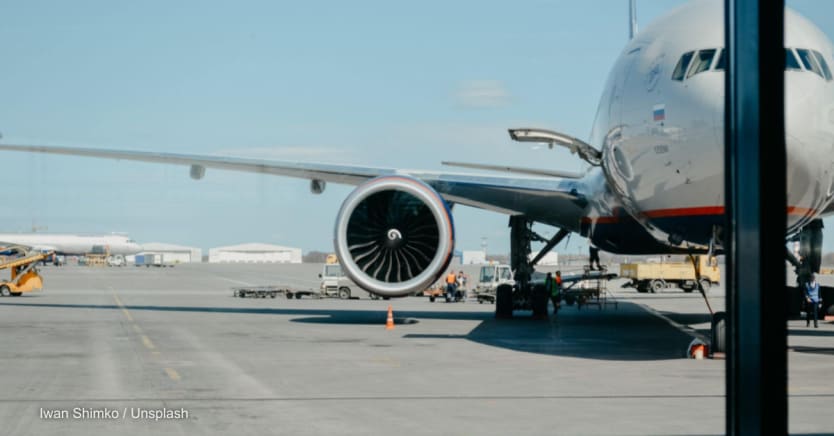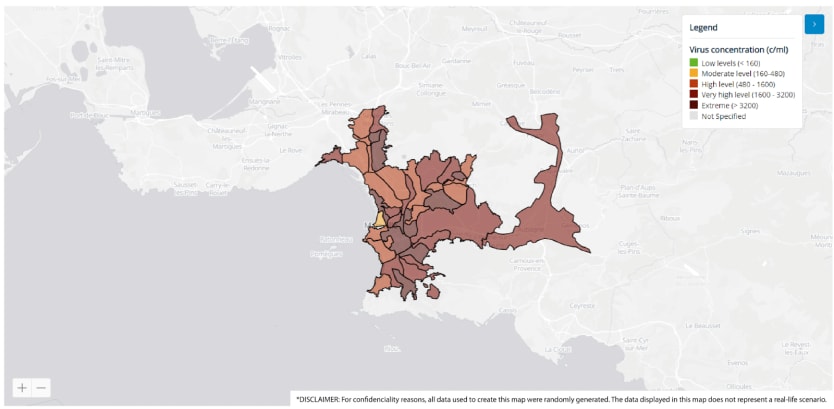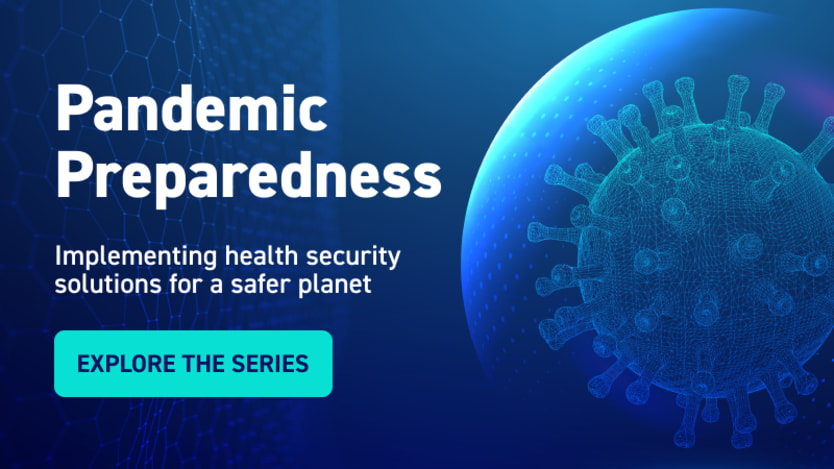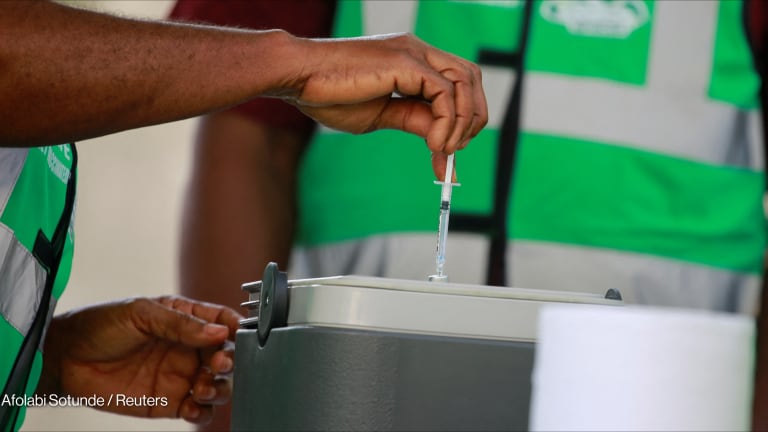
As the COVID-19 emergency is slowly fading, governments are relaxing their measures to welcome a less strict lifestyle for their citizens. This shift from epidemic to pandemic and endemic phases have had a strong impact on populations and institutions worldwide. As people start tasting a pre-pandemic feel of freedom again, the risk is to forget how it all started. It is essential that governments and institutions use COVID-19 as a learning opportunity and focus on the importance of early detection during the slow shift toward the new normal.
Having the means to detect and analyze any potential risk sprouting up within a region is crucial to properly foresee and respond to epidemics. Early detection can make a substantial difference in managing sickness hazards, enabling governments to detect, assess, and prepare for new, latent crises. Enabling countries to promptly recognize a possible pandemic threat can help predict and project scenarios and consequences of actions linked to any decision making. The good news is that tools exist to enable such strategies.
Combined solutions for overview and early detection
Countries around the world have been implementing different measures to tackle and track pandemics. Solutions usually range from physical to digital. But what if we merged these two worlds? Physical solutions are essential to obtain qualitative data and quantitative measures. Digital means are equally needed, as they are the solution to collect, analyze, and process the gathered data, making it accessible and available. This data is useful to get a better view of past and current situations, as well as for predictive modeling, which enables governments to make informed decisions and plan for more sustainable actions.
It is often difficult to get a clear overview of how specific geographical areas are being affected by the coronavirus and other diseases. This lack of precise information can lead authorities to adopt in good faith drastic, but from time to time excessive, measures as a means to prevent the spread of disease, such as regional or national lockdowns.
Early detection is the key element to integrate into post-crisis strategic plans, enabling governments to be ready, manage, and mitigate the effects of future pandemics.
—The partnership between SICPA and the Bataillon de Marins-Pompiers de Marseille — Marseille marine fire brigade, or BMPM, a French innovative biodefense, serves as a great example that underlines the usefulness of digital and physical solutions combined as means to handle crisis and post-crisis scenarios. Through the use of wastewater sampling technologies and the digital platform developed by SICPA, firefighters are testing the Marseille districts’ sewage discards to analyze the presence of COVID-19 throughout the city. This approach has proved extremely helpful, enabling a better understanding of the specific geographical spread of the disease, keeping track of waves, behaviors, and possible mutations. The current focus of the project is on COVID-19, but the solution is being extended for early detection of new possible viral or bacteriological risks.

Mitigating and evaluating travel transmission risks
COVID-19 trailing efforts also apply to air travel. To minimize risks, airlines and authorities have implemented multiple solutions to prevent the spread of the virus. Passengers have or had to present vaccination certificates, PCR, or rapid test results before boarding planes. As a recent scientific study shows, these are great methods to lower the risks of spreading and contracting the virus. Nevertheless, they fail to a certain degree. Passengers who test positive can therefore still board planes and spread COVID-19 within the aircraft and upon arrival at their destination.
In the Gulf region, SICPA has launched an initiative involving a virus tracking system that enables airports and airlines to test flights’ wastewater immediately after they land and check for COVID-19 and influenza as first pathogens. This initiative uses the same principles applied by BMPM, allowing transversal employment of the solution. The results are available in less than two hours and do not involve any passenger individual testing. To complete the solution, the SICPA real-time reporting visualization platform with secure data processing is used to handle the collected data and predict the risk each plane has of carrying a disease. This system allows to classify air routes depending on the risk they incur in transporting positive patients, facilitating early detections.
Government-level benefits
Governments can deeply benefit from this input as it allows for a factual view that could lead to a first recognition of health threats. The application to other diseases is vast and is not meant to be restrained to COVID-19 but extended to other pathogens. Forecasting can also be made based on quality data and analytics, allowing projections on the severity of the consequence of any actions or non-actions taken by the authorities. SICPA serves as the enabler and promoter of this change, supporting governments around the world pre, during, and post health crises.
COVID-19 has had a global impact, shaking even the most prepared states around the world. Countries were not ready to respond to the coronavirus emergency, and chances are we will be exposed to new health threats in the future. It is essential that authorities learn from what happened and stay vigilant to prevent catastrophic consequences such as those witnessed during COVID-19. Early detection is the key element to integrate into post-crisis strategic plans, enabling governments to be ready, manage, and mitigate the effects of future pandemics.
Visit the Pandemic Preparedness series for details on how we can implement health security solutions for a safer planet. Join the conversation by using the hashtag #PandemicPreparedness.







